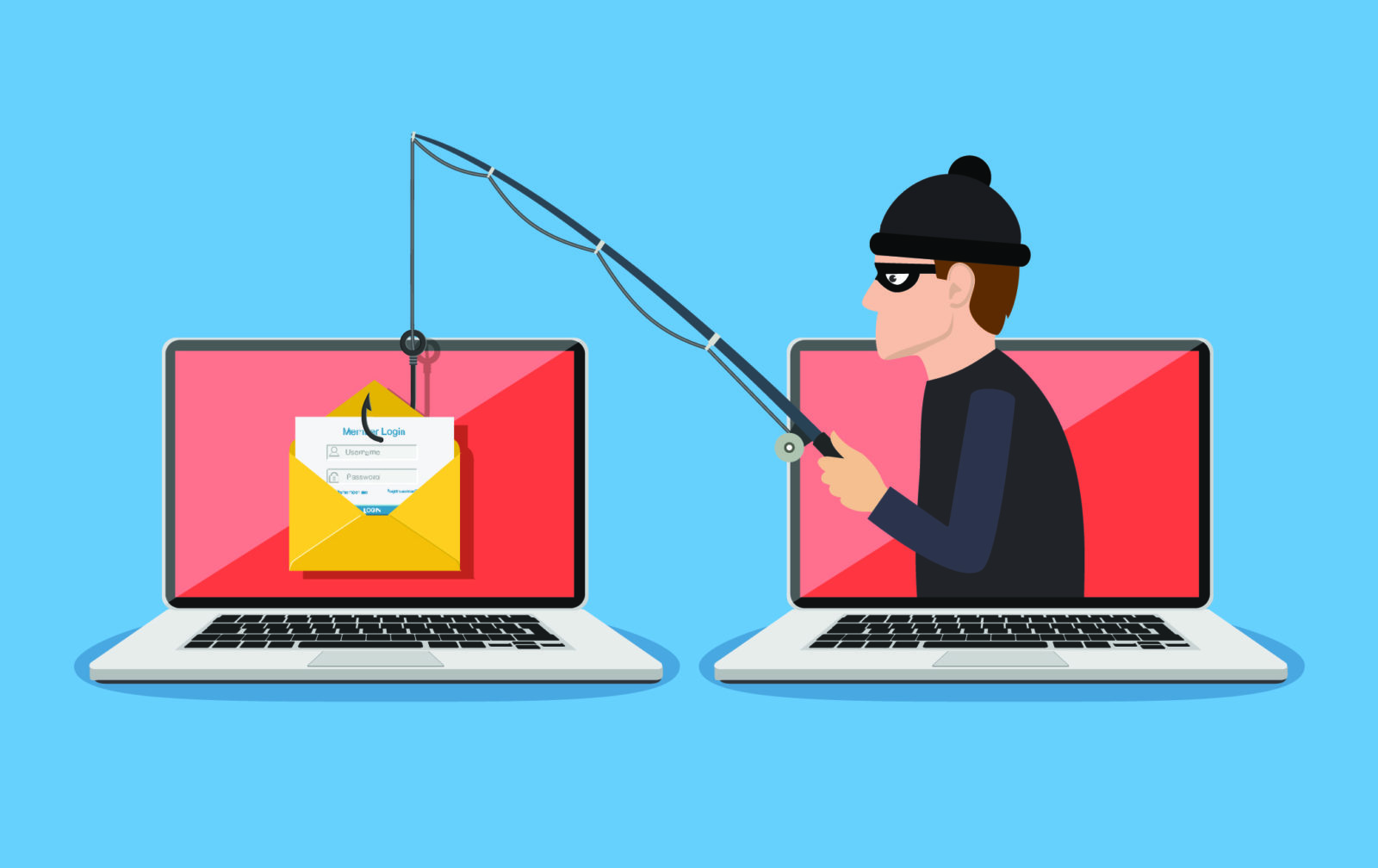
Phishing isn’t just a spam email problem—it’s a psychological attack. By exploiting human behavior like fear, urgency, and trust, cybercriminals trick users into handing over sensitive information. And as phishing gets more sophisticated, the best defense is knowing exactly how it works.
🎯 The Psychology Behind Phishing
Phishing works because it targets you, not your device. Attackers use social engineering to manipulate your emotions—rushing you to act without thinking.
Common psychological triggers include:
- Fear: “We’ve noticed suspicious activity—act now.”
- Greed: “You’ve won a gift card!”
- Trust: “A message from your bank” (or boss, or friend…)
These tactics bypass technical defenses. Even the most secure systems can fail if the human behind the screen is tricked.
🕵️♂️ Types of Phishing
Not all phishing attacks look the same. Here’s how they differ:
- Email Phishing: The classic—links to fake login pages or malicious downloads.
- Spear Phishing: Targeted emails using personal details (like your name or job).
- Smishing: Phishing by SMS (“Click this link to verify your account”).
- Clone Phishing: A real message is copied, with malicious content swapped in.
Phishing has evolved—so should your awareness.
🚩 How to Spot a Phishing Attempt
Phishing emails often:
- Use generic greetings: “Dear user” instead of your name
- Include urgent calls to action: “Reset your password now”
- Contain suspicious URLs:
secure-paypal.com.loginverify.co - Have unusual grammar, logos, or formatting
When in doubt, don’t click. Contact the organization through official channels.
🛡️ Defend Yourself: Layered Protection
Phishing defense isn’t just one step—it’s a strategy:
- Think before you click – Always inspect the message.
- Enable Two-Factor Authentication (2FA) – Prevents unauthorized access even if a password is stolen.
- Use password managers – They can detect fake login pages.
- Keep software updated – Many phishing links try to exploit old browser or app vulnerabilities.
- Report phishing – To your provider, your IT team, or government cybercrime units.
🧠 Final Word
Phishing is no longer obvious or amateur. Today’s attackers study your habits, mimic real brands, and even time their messages to match your routines.
That’s why security isn’t just about tools—it’s about awareness. Be cautious, be curious, and when something feels off, trust your instincts and verify.
